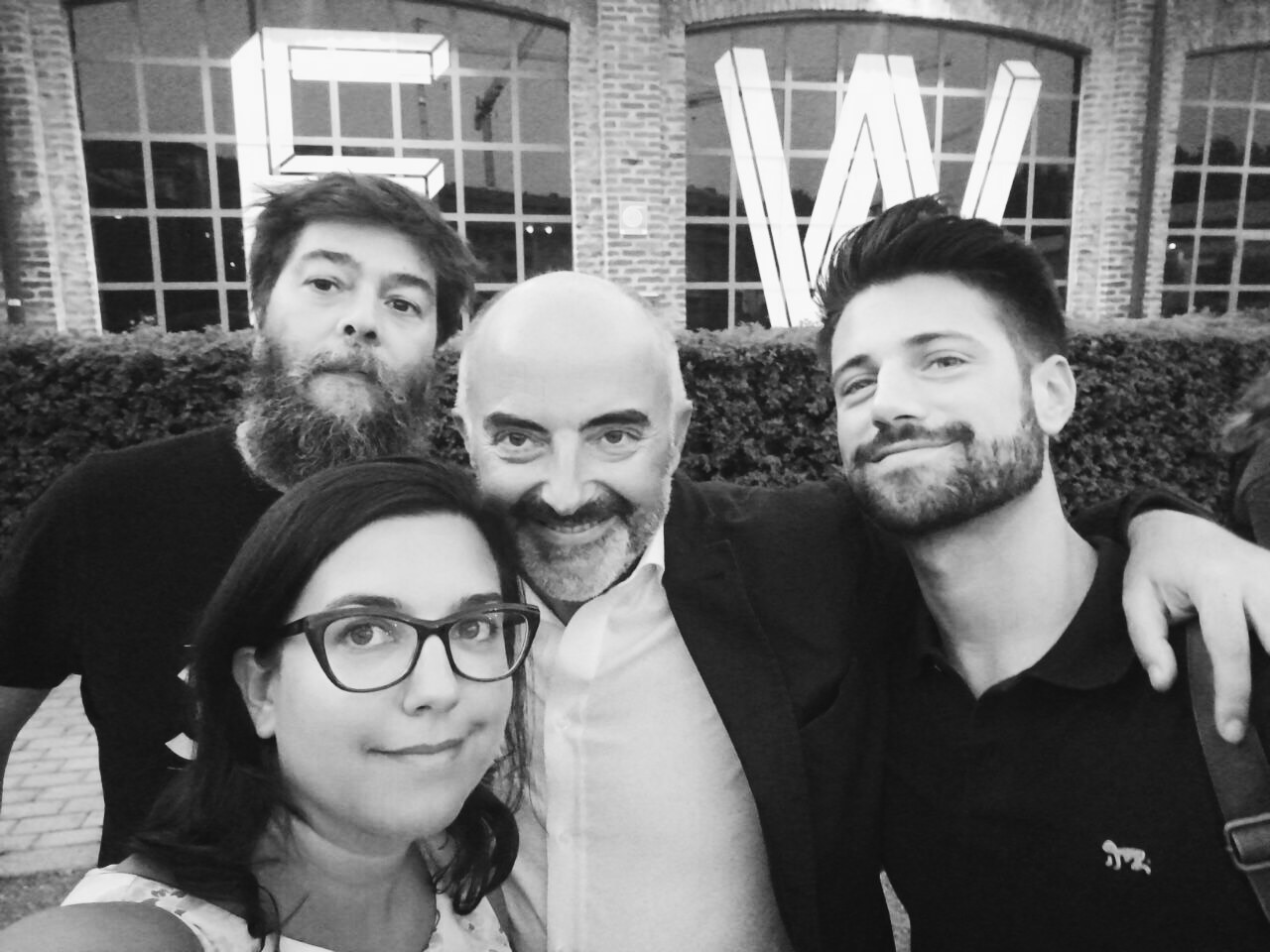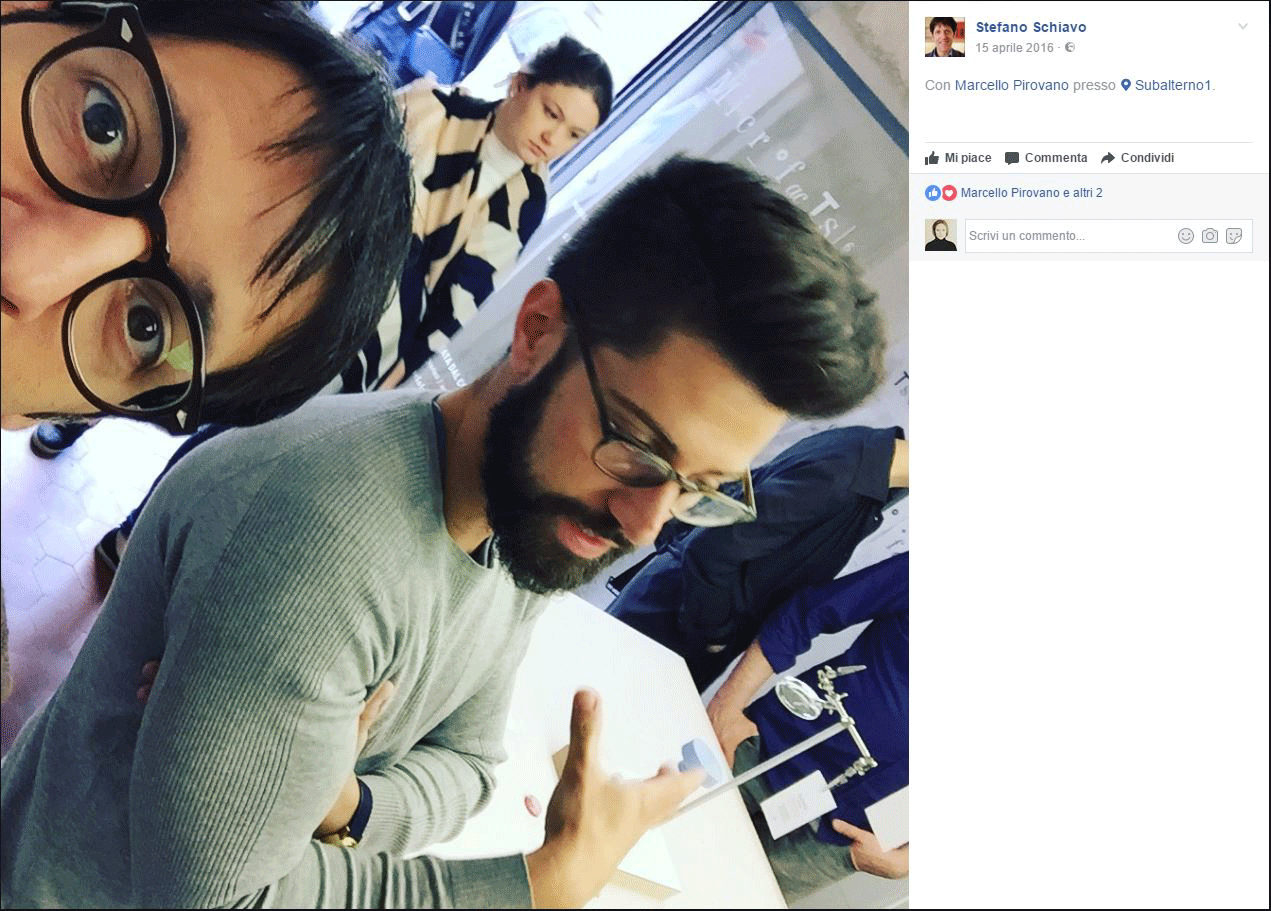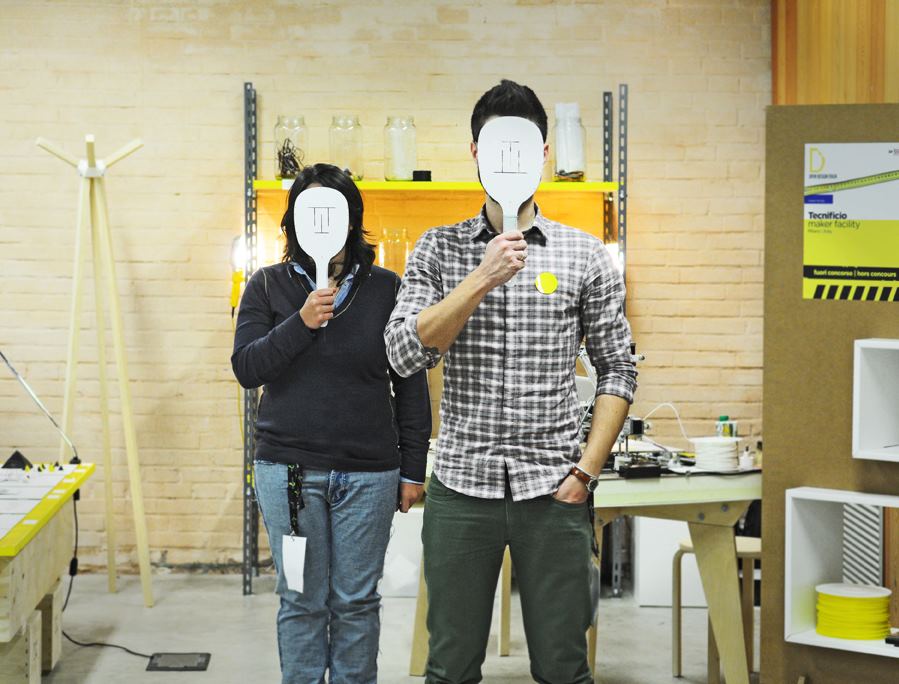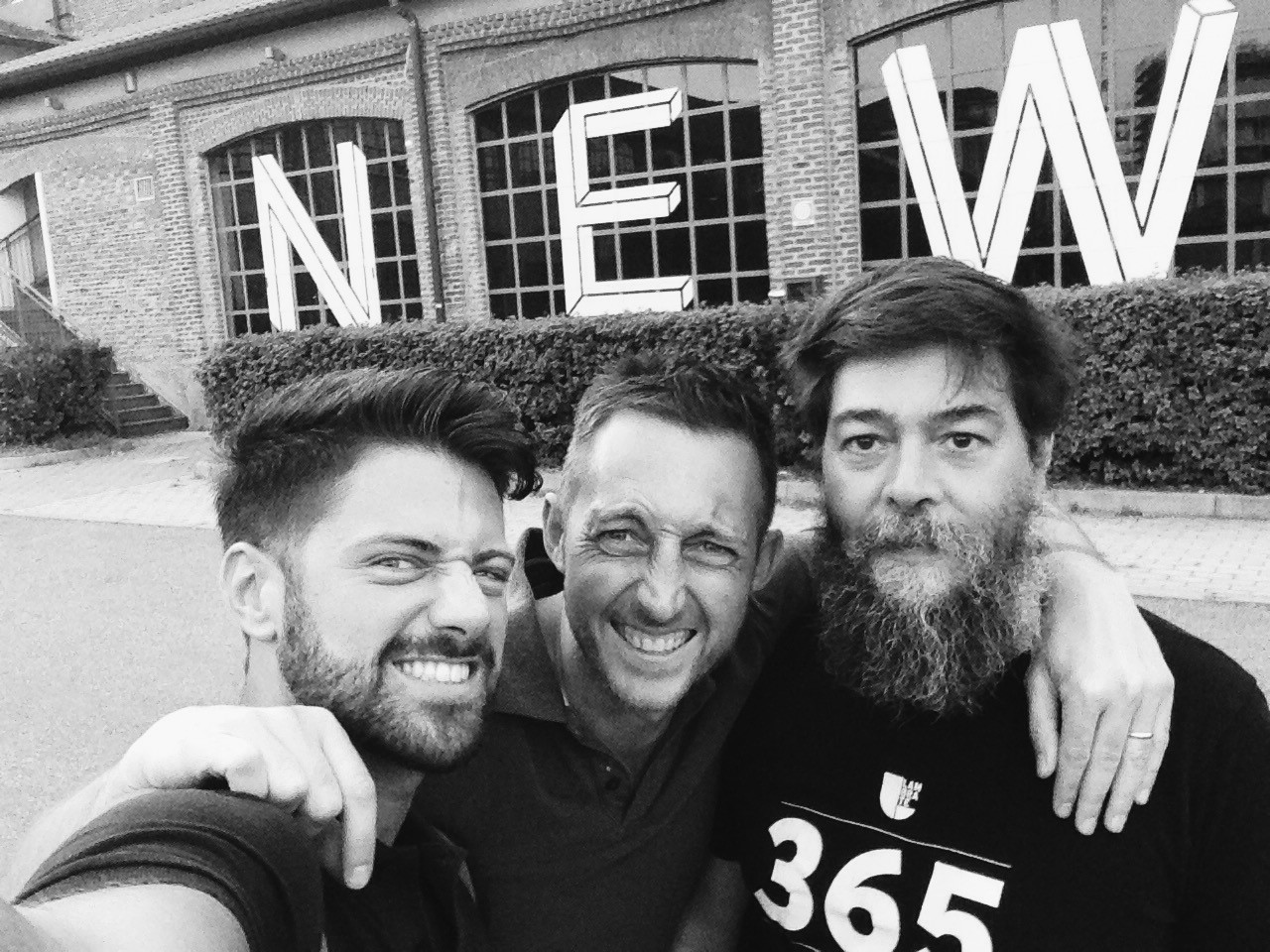There is so much talk about the “Maker phenomenon”.
On 19th May @ #BertoLive Stefano Schiavo will talk about his book “#Maker. Cosa cercano le aziende dagli artigiani digitali” (“#Maker. What companies expect from digital artisans”), published by Franco Angeli.
There will be so many arguments to discuss during the event, but we will have the chance to listen to a competent expert that will talk about a matter that is not so clear to most of the people: we actually refer to the new Digital Artisans.
Marcello Pirovano is a real maker and has a special mention in Stefano’s book.
Before meeting him on 19th May, we have decided to ask him some questions.
More than an excellent representative of the Maker category, Marcello is a passionate and careful professional.
1-Hi Marcello! What do you need to understand a Maker? A written explanation, a handmade object or….an evening @BertoLive?
Marcello Pirovano: a Maker should be able to use “two” hands to create objects: a human hand combined with technological hand.
These two aspects are absolutely inseparable: the projects created by the union of these two worlds may get to interesting experimentations.
Starting from the first prototype step, they may become “micro series”, new products or parts of innovative services.
I know that my explanation may be a little bit unclear without having any concrete examples: that is the reason why we need a BertoLive evening.
2– Let’s think about the future, about all young people: how can you become a Maker? Which competence is required, which aspiration can you nurture?
Marcello Pirovano: the word Maker describes an attitude towards experimentation by using digital instruments, such as the 3D printer, electronic circuit boards, sensors, laser cutters, CNC cutters and 3D scanners: all these technological tools, in combination with the prototyping software, are the essential forces for an innovative process.
However, the research and development of new solutions must begin with a deep analysis of the modern challenges and of the most promising sceneries for the future: in order to increase the design competence a Maker may attend some advanced courses, such as the ones promoted inside the Design Major or some Fab Lab
If we think about a big city like Milan, we must consider that the offer has increased a lot in the last five years: if you are able to increase your technical knowledge on the use of these prototyping instruments, then you can compare your design intuition with the resources of the open-source community on the web.
3- Your experience shows that the Digital Artisans feel at home either in laboratory or at the university. In Brianza the artisan feels at home…only when he works in his laboratory! You know this area (If we are not wrong, you come from Brianza): what is your opinion about this aspect?
Marcello Pirovano: in Brianza and in many Italian districts with a solid background of small and middle companies, laboratory often coincides with home: I was grown just 20 km. away from Meda, near Lecco, and I have experienced this lack of a defined line between private and working life, often caused by a high level of entrepreneurship on this territory.
The mix of house-laboratory of the past years has now become the office desk, often shared in a Fab Lab or in a Co-working: thanks to a basic set of digital instruments, a maker can easily turn his laptop into an artisan micro-laboratory, and this may happen in a very informal and often unaware way. On the contrary, an artisan may find new energy and manufacturing application for his tools just by using the digital resources on the web.
4- Last question. We would like our readers to have a complete description of the professional Marcello Pirovano. Would you like to summarize your activity in the way you like most?
Marcello Pirovano: I approached the Makers’ world after four years in a famous company of Italian design, “Danese Milano”, where I have learnt some competences about art direction and project management: I have had the chance to work on the development of a special collection called Waste.Not, created on the base of my master’s degree thesis.
With Patrizia Bolzan, – she attended the Politecnico in Milan as I did – I founded “Tecnificio” in 2012: a design studio – we call it “maker facility” – whose aim is to find a way for design to connect to artisan excellences and digital manufacturing technologies.
Our first challenge was Analogico/Digitale (“Analog/Digital”): the exhibit held by Stefano Maffei and Stefano Micelli, where a group of designers and artisans from Brianza (BertO was one of them) presented some mixed projects inside the gallery Subalterno 1 during one of the first editions in the area Ventura Lambrate.
Starting from that first experience new important partnerships were born: a new printer for the Florentine company Kentstrapper, the creation of the kit Stampomatica for the letterpress print in cooperation with Lino’s & Co, the concept make art with Science for MUDAM in Luxembourg with Sharazad and the artistic direction of the collective exhibitions in the gallery Subalterno 1 in Milan.
Thank you so much Marcello and see you soon @BertoLive on 19th May at 19.00!




